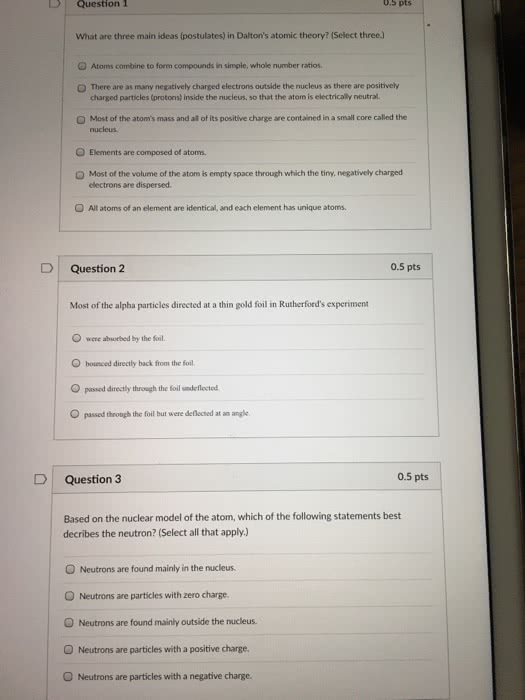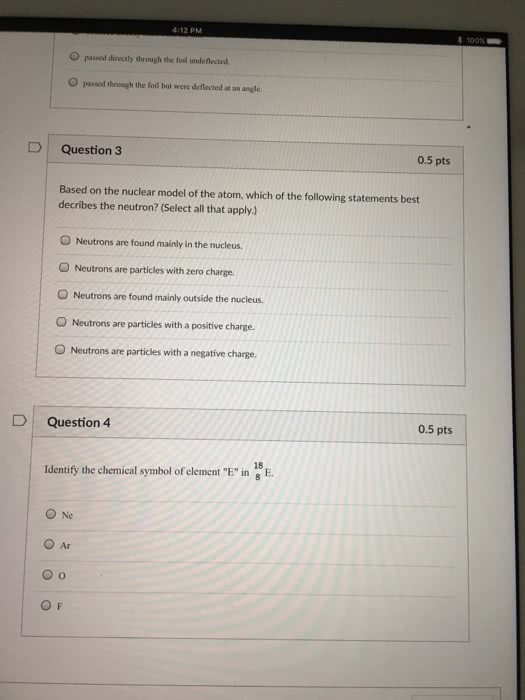FASH215 Lecture Notes - Lecture 3: Thermosetting Polymer, Solvent, Monomer
Document Summary
Each atom has a center called a nucleus that is composed of protons (+ or positive charged) & neutrons (neutral or no charge) Around each nucleus, there are orbiting electrons (- or negative charge) Number of protons (+) and electrons (-) are usually present in equal number. Each type of atom unique in its number of electrons and protons and is identified by name in the table of elements. Atoms are held or linked together into molecules by bonds. For fibers, atoms join by covalent bonds atoms join together to form molecules. Molecules link together to form chains called polymers in a process called polymerization collections of polymers form fibers. Most fibers are combinations of carbon (c), hydrogen (h), oxygen (o), and nitrogen (n) atoms and sulfur (s), chlorine (cl), & fluorine (f) Carbon is the primary atom used in the molecules that form fibers. Carbon has four electrons to share in the formation of covalent bonds.










